Aston Martin V8 Vantage V550
When Aston Martin presented the Virage in 1989, a new model based on the shortened Lagonda Series 2 chassis, probably nobody in Great Britain had any idea how long this basic model would remain in production. This wasn’t least due to the fact that the brand was in the meantime financially so badly off that from 1989 to 1992, 345 units were produced, followed by only 20 more until 1996. Although the sports car manufacturer already was a part of the Ford group, it only received financial support for the development of a new smaller model based on the Jaguar XK, which eventually made its debut as the DB7 in 1994. In order to keep the brand afloat until then, Aston Martin produced special versions of the Virage in their Service Department at the customer’s request, which at least flushed a little money into the account due to their high prices.
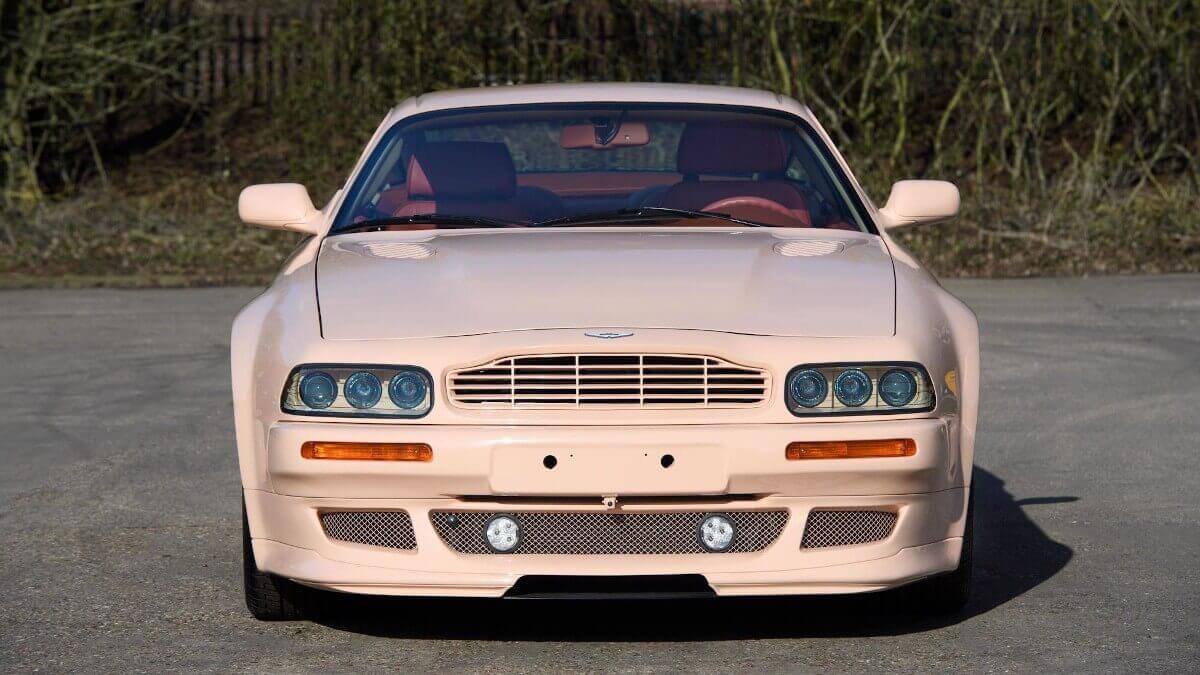



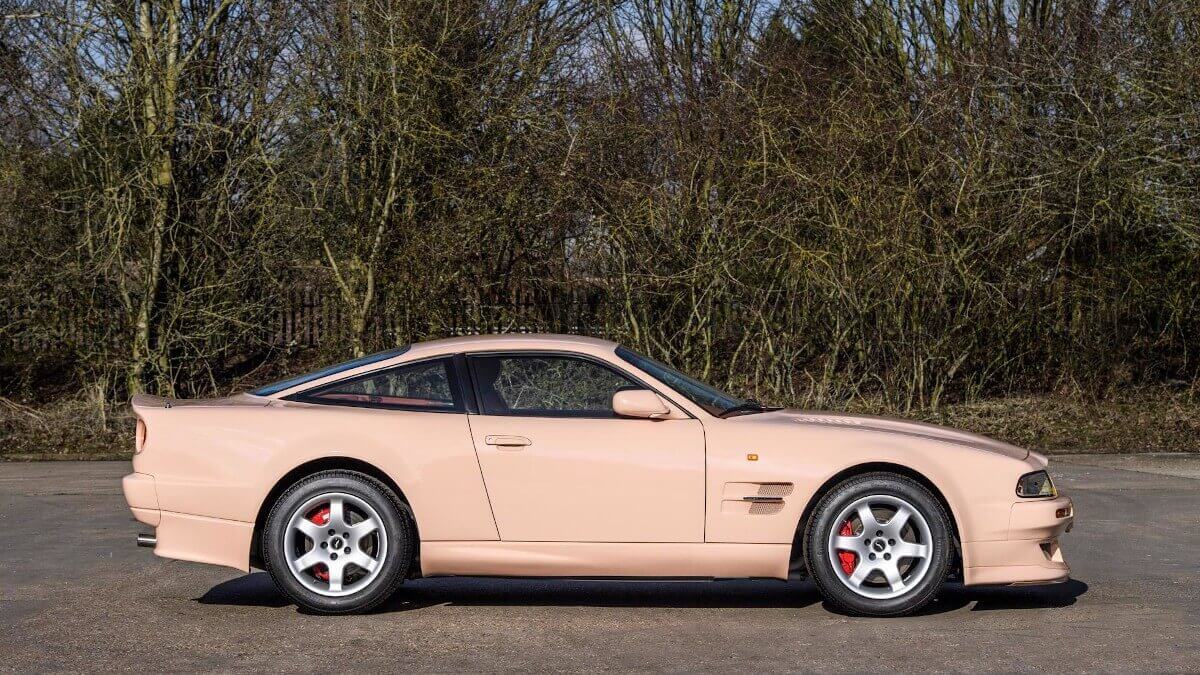



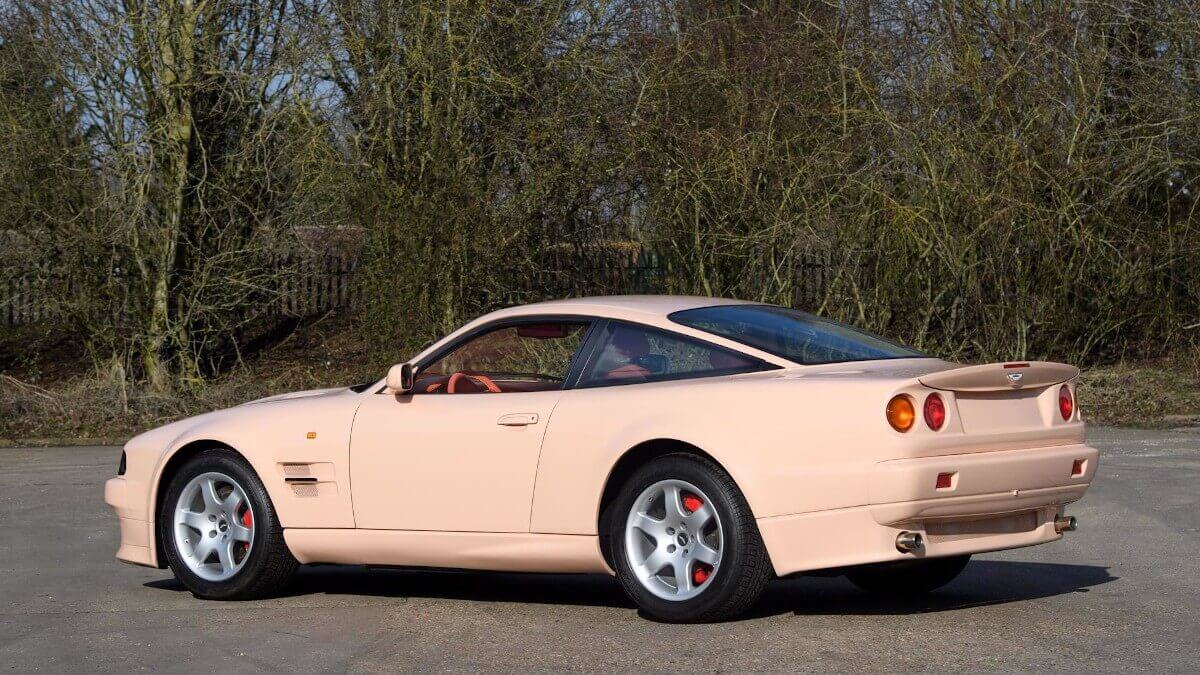



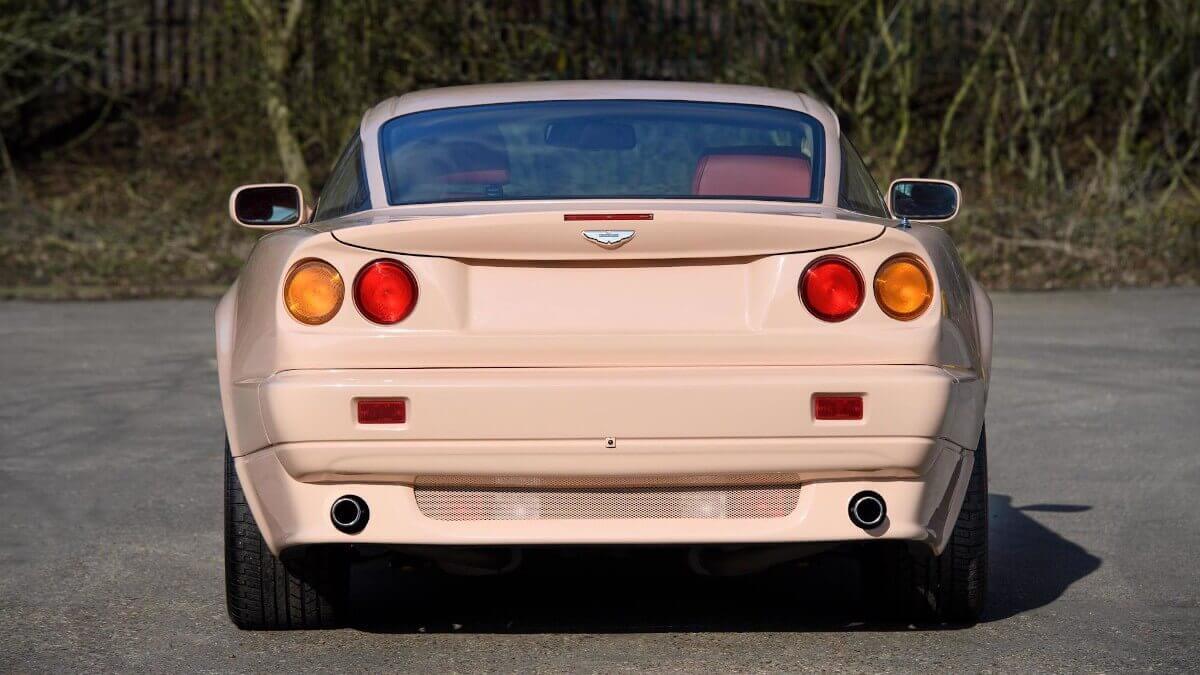



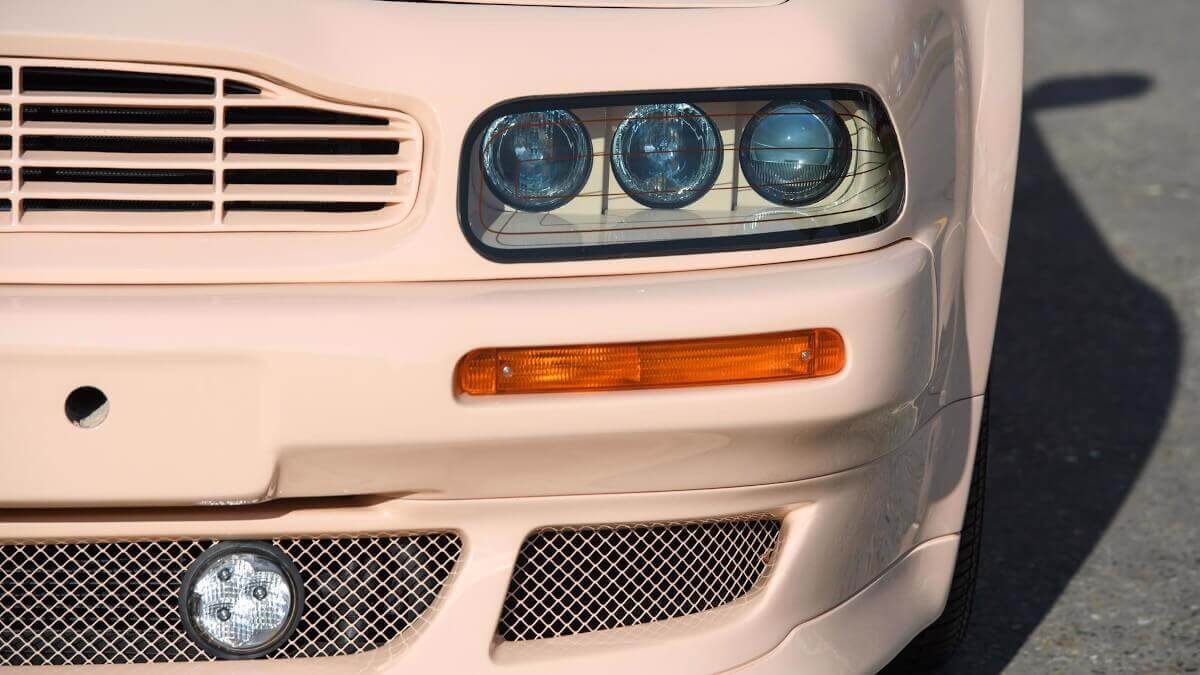



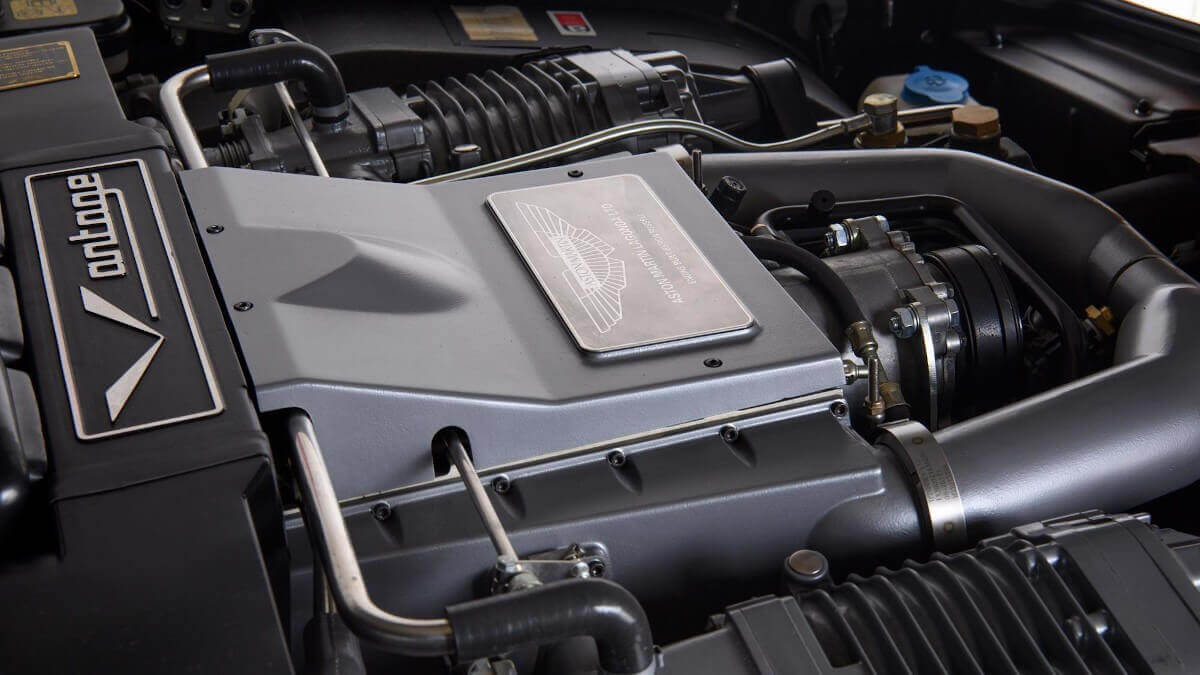



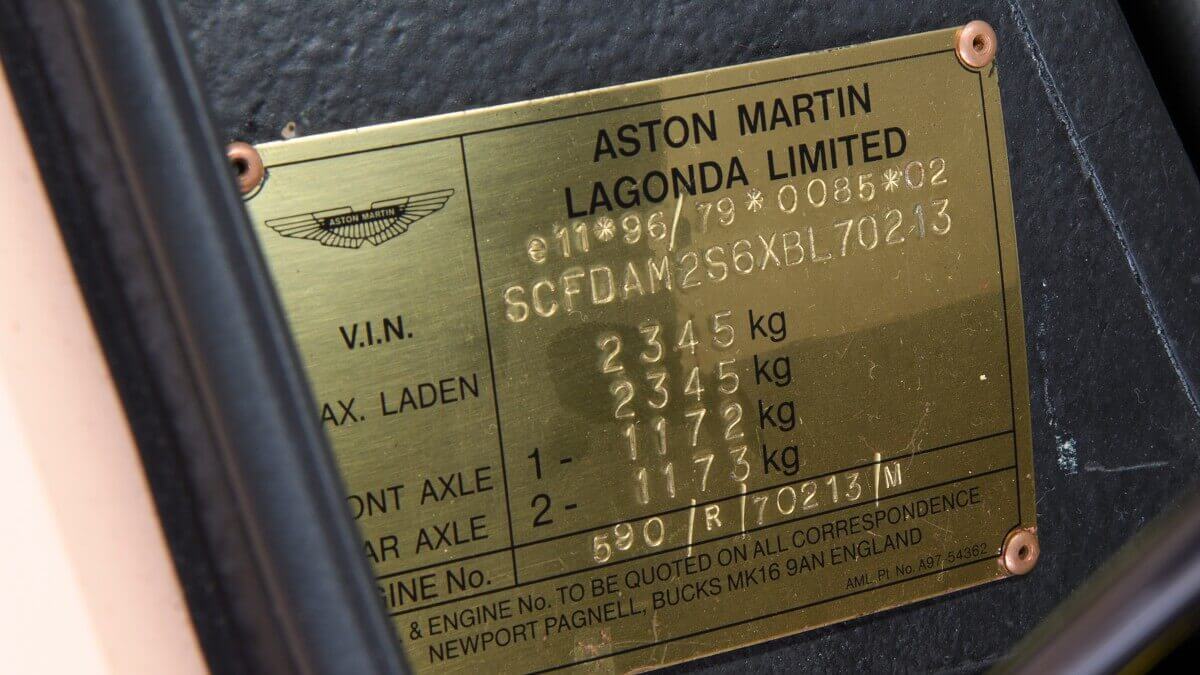



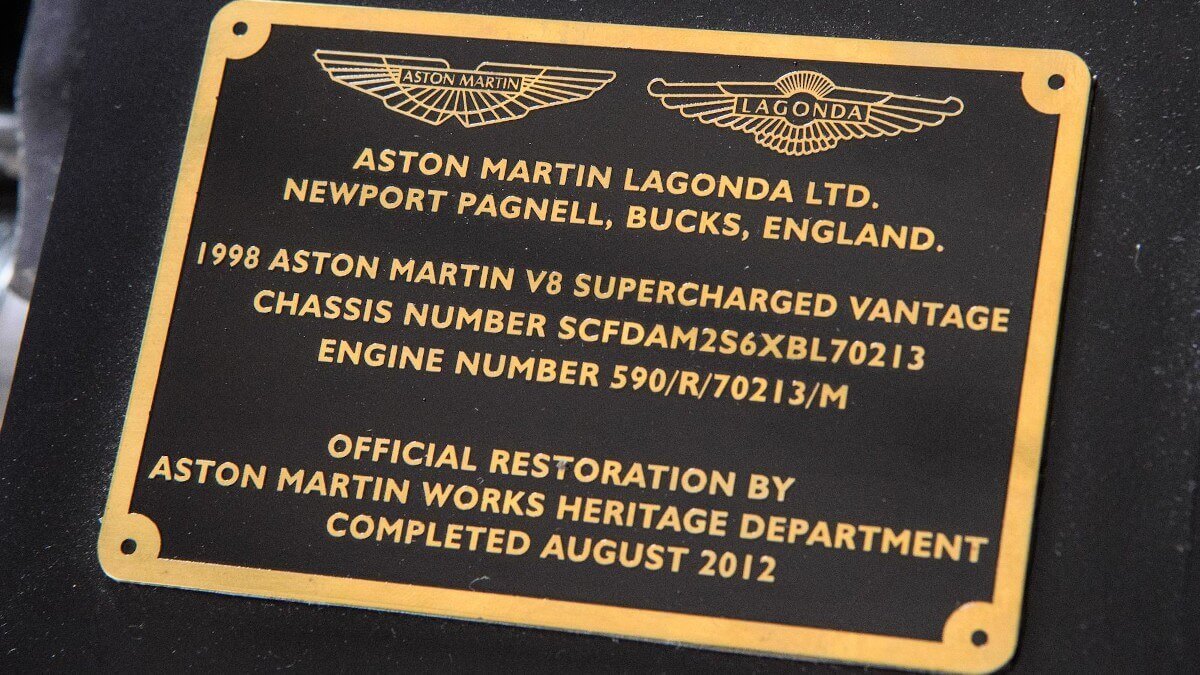



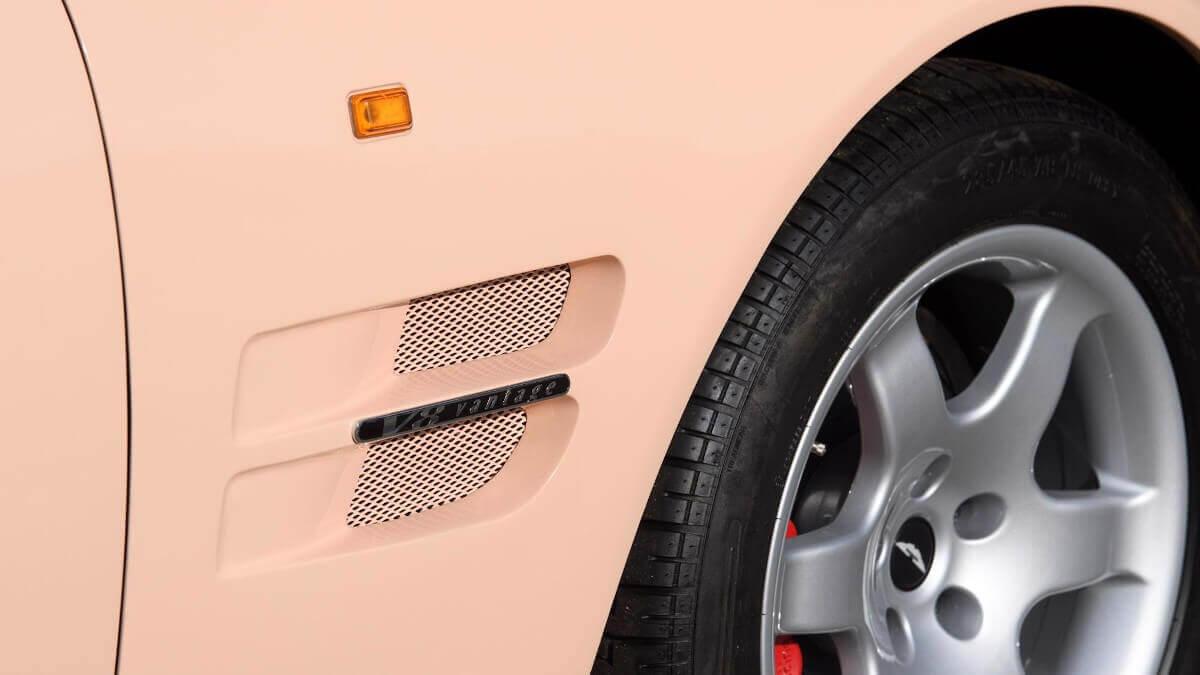



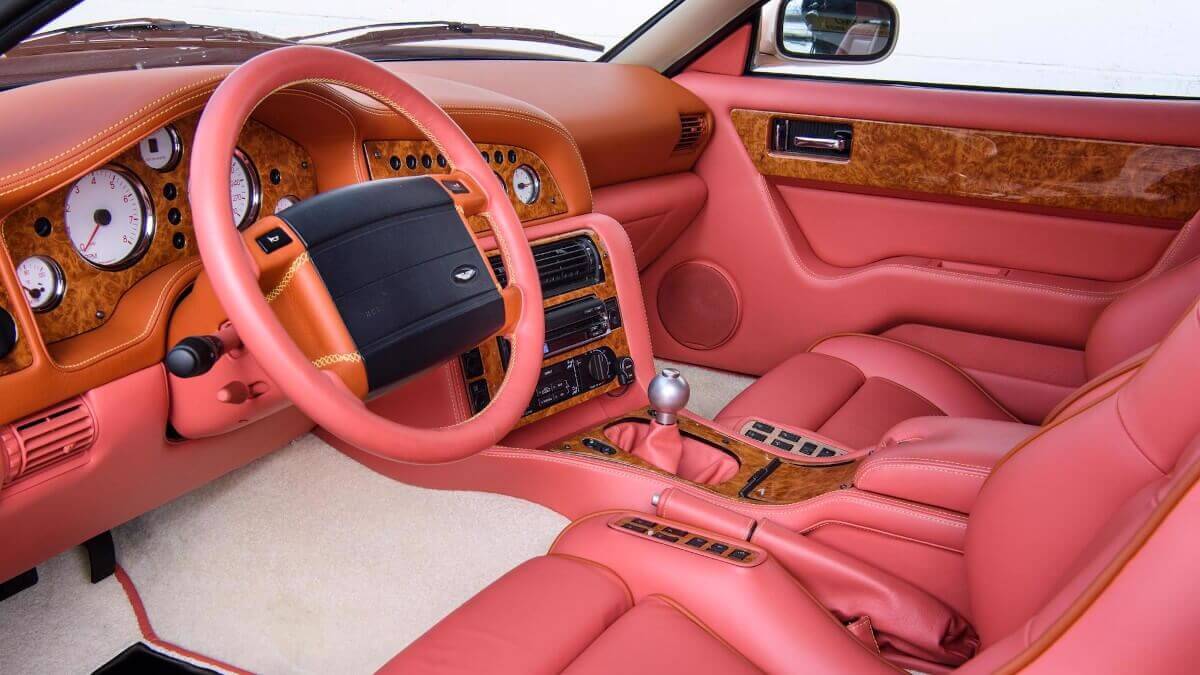



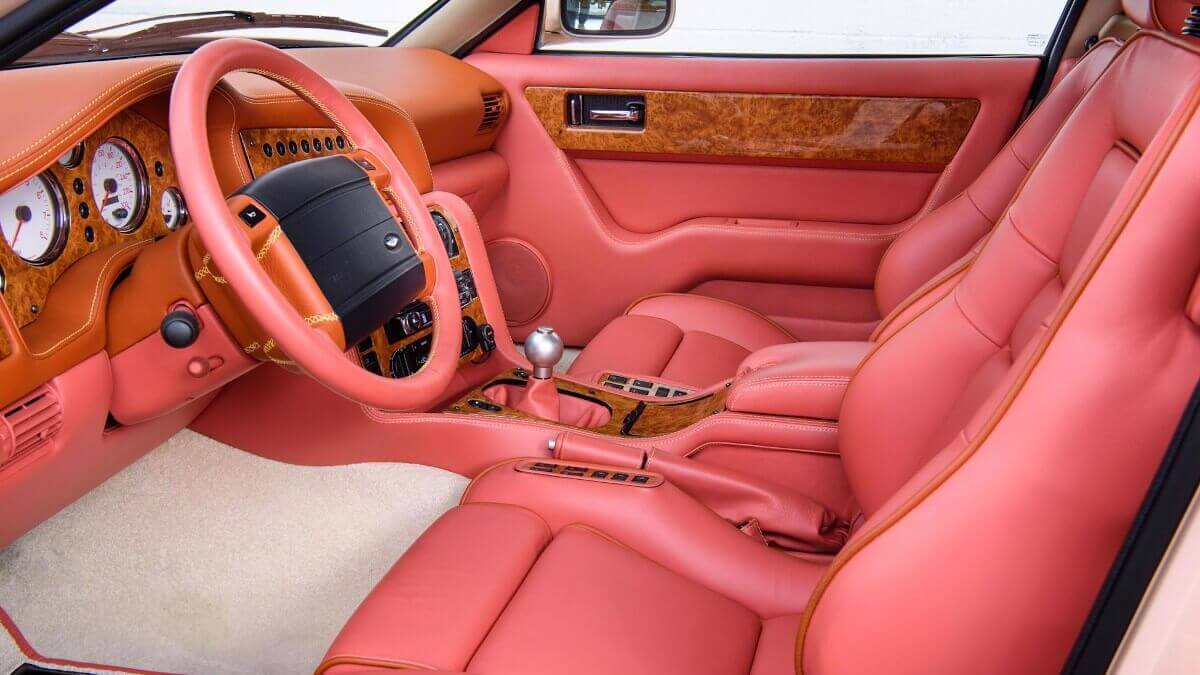



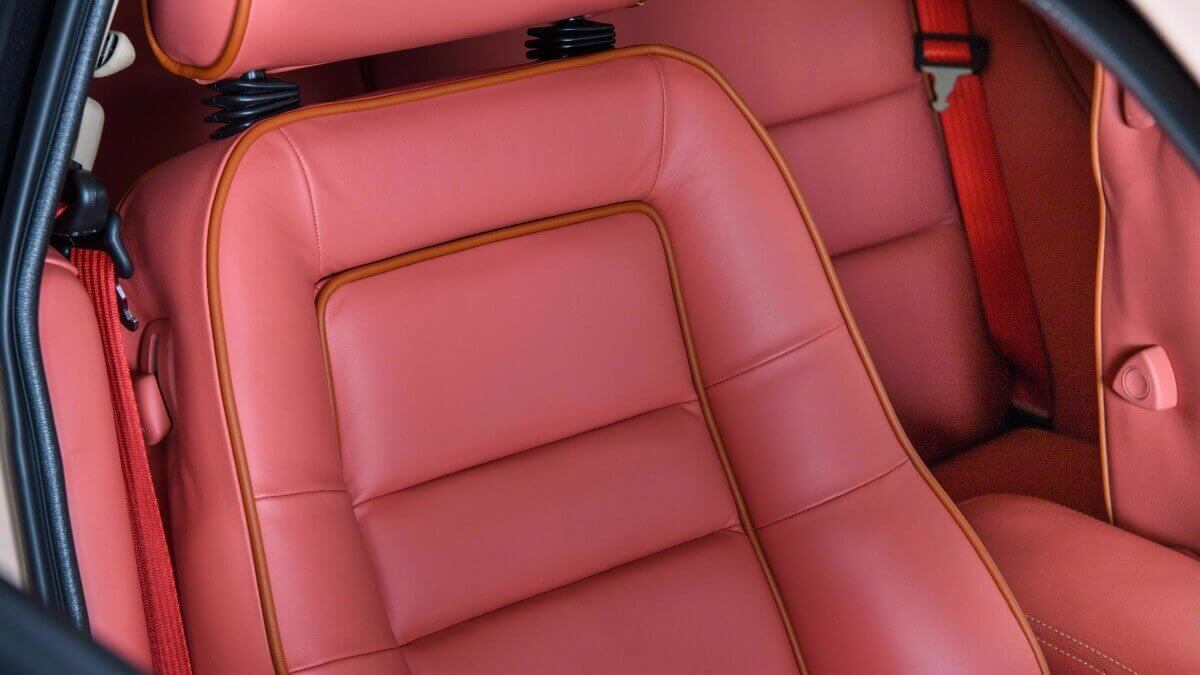



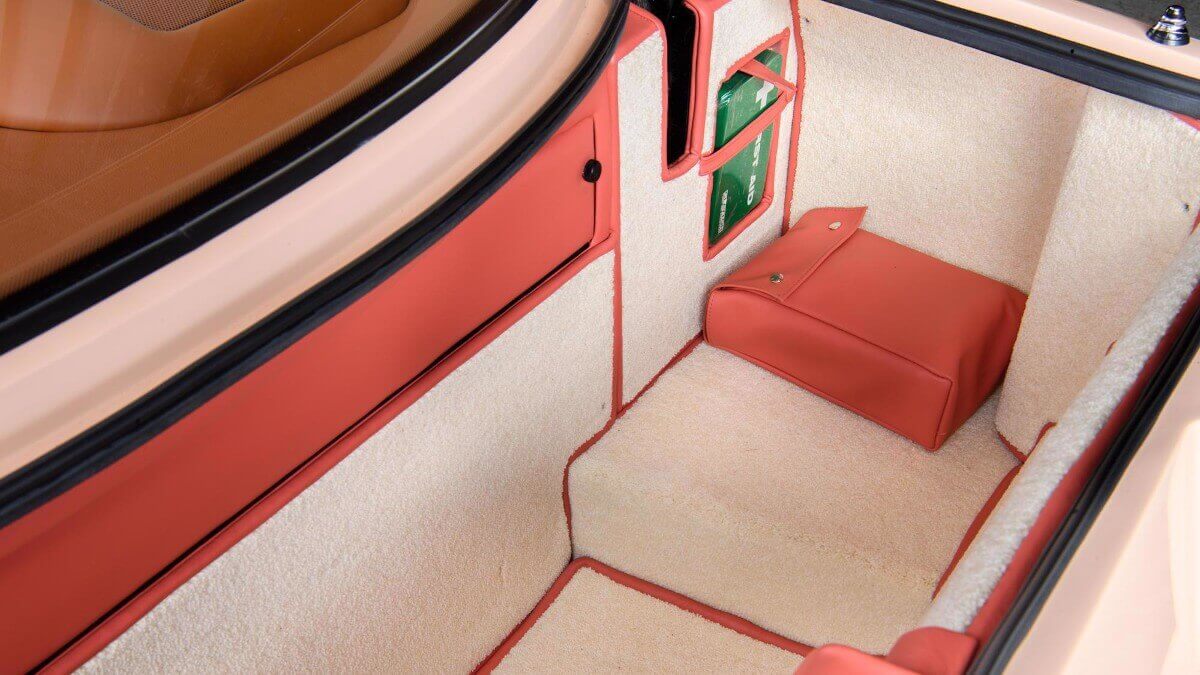



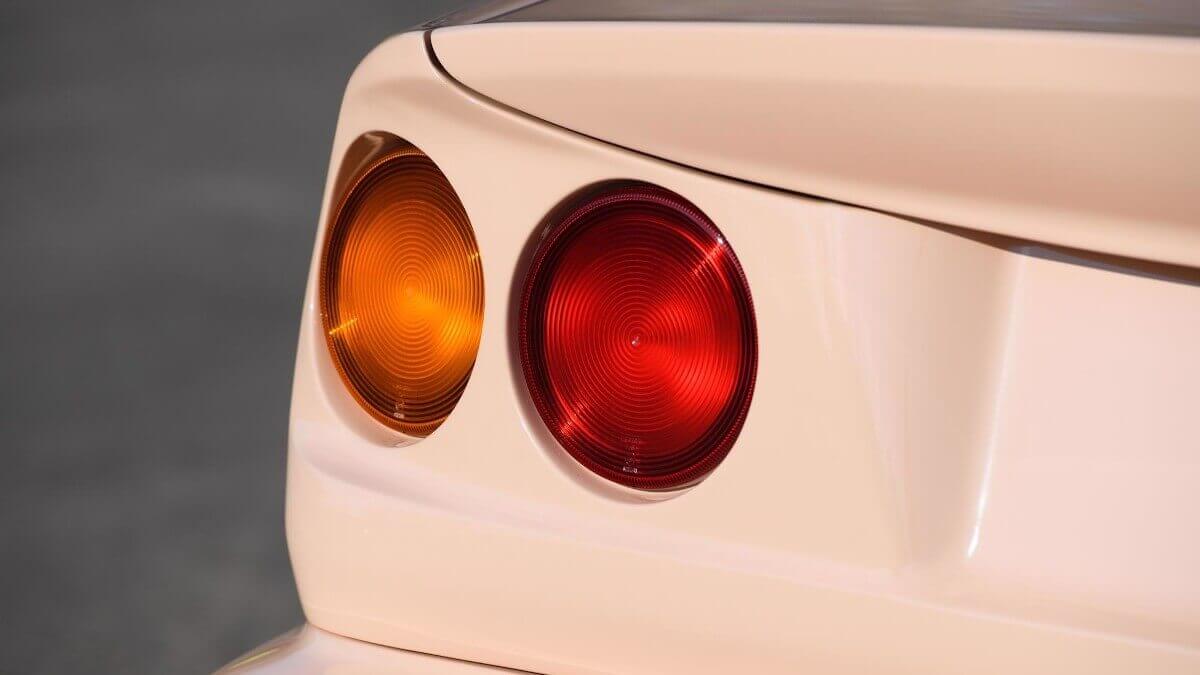



In 1993, the more powerful Vantage version was presented in the style of earlier model series. Compared to the normale Virage, a major facelift was carried out at the same time, with four round taillights instead of the lamps of the VW Scirocco II and three headlight units per side under clear glass covers instead of the components of the Audi 200. In addition, the designers integrated new side air vents in the front wings. Originally, the designers wanted to use the headlamp units of the then current Corvette C4, but had to abandon this plan after General Motors banned any partial use. They didn’t want to provide their rivals at Ford with data on components. For this reason, the transmission variants previously installed in the Virage were also dropped. Instead, Reynard produced a manual six-speed transmission for Aston Martin. Under the bonnet was now a 5.3-liter V8 engine, which produced 550 hp an 746 newtonmeters of torque via two Eaton superchargers and an intercooler. This made the Virage Vantage (from 1996 called the V8 Vantage) the second most powerful British-built model at the time, reaching a topspeed of 189.5 mph and accelerating from 0 to 62 mph in 4.6 seconds. The technicians also improved the strength of the engine block and the cooling system. The suspension was based on the design principles of the previous generation V8 Vantage, but modern spring/damper units provided a 25 percent stiffer set-up compared to the Virage.
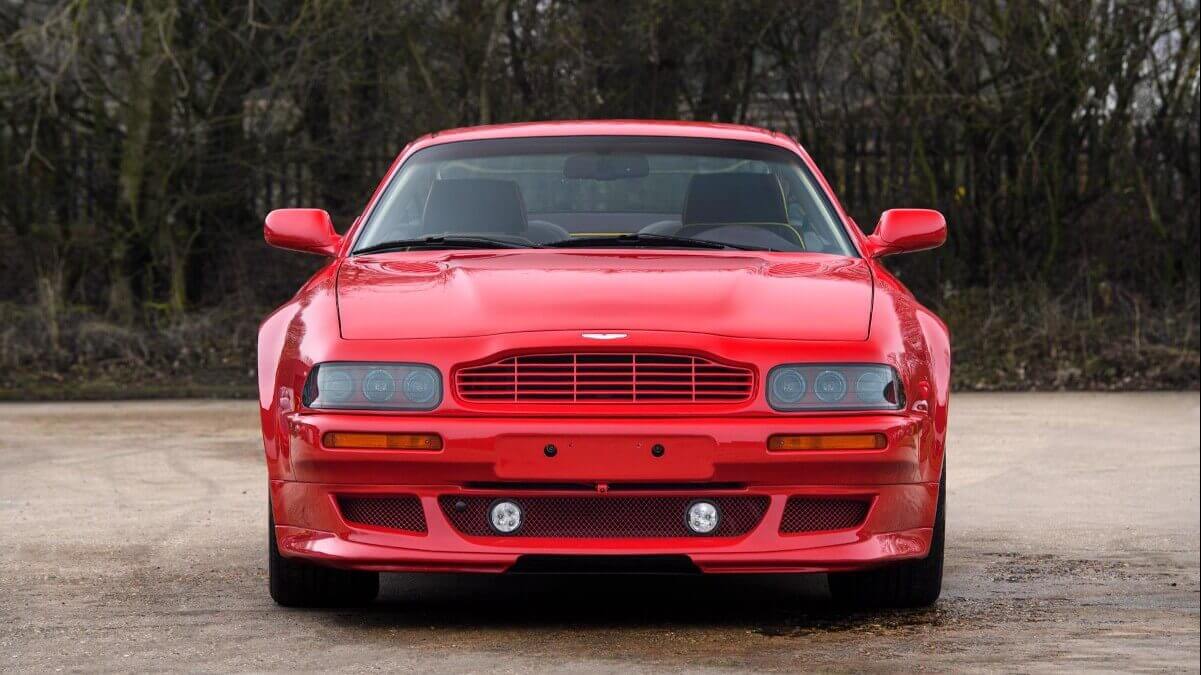



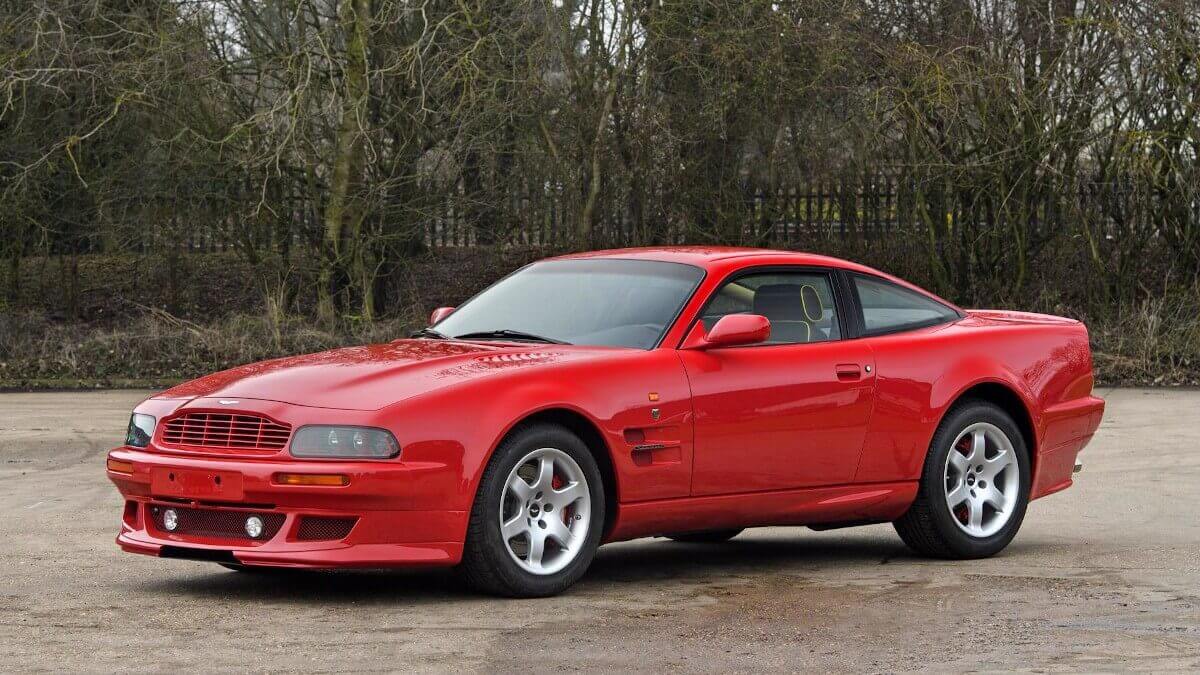



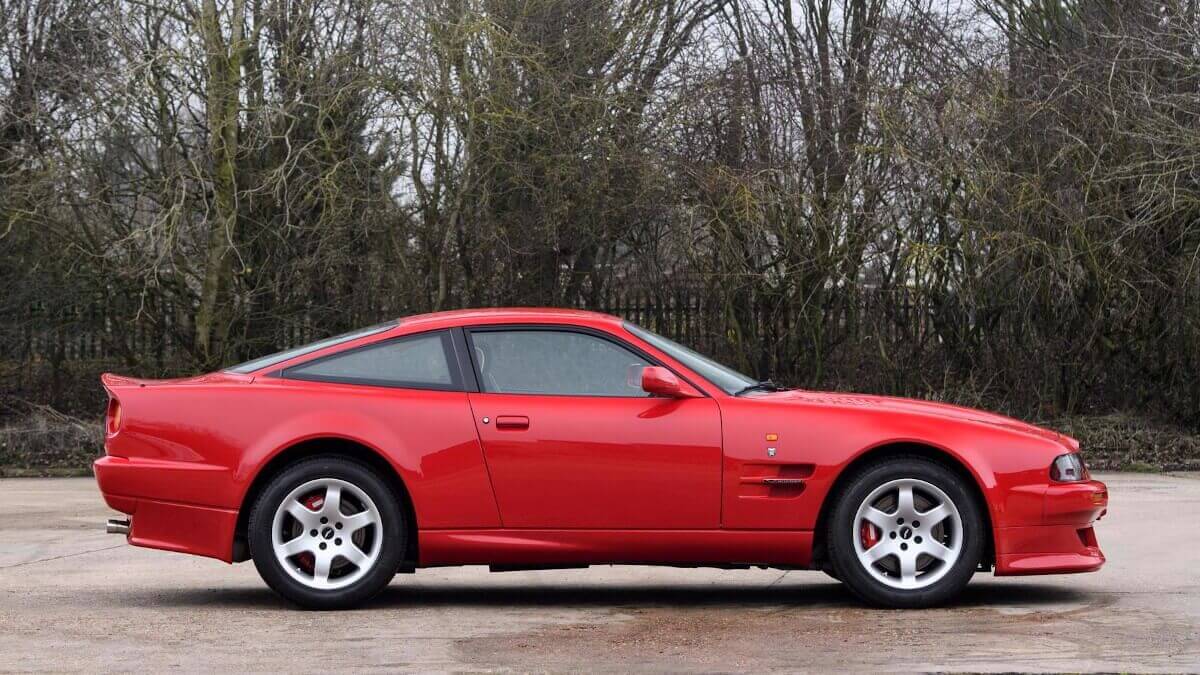



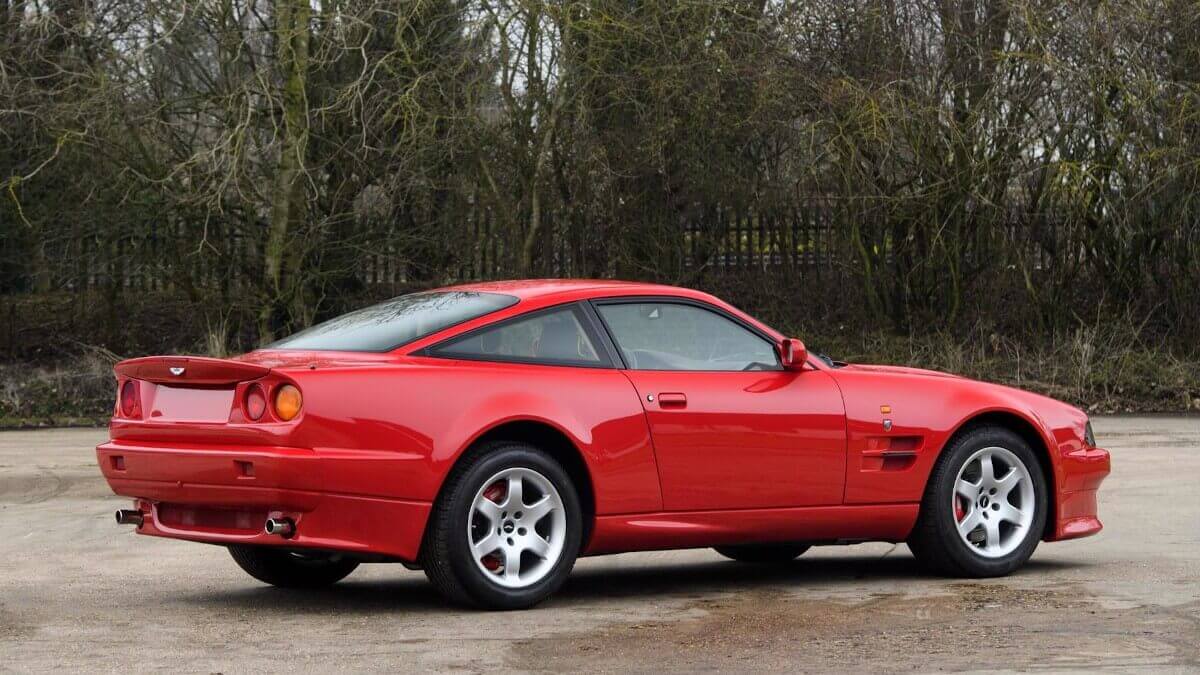



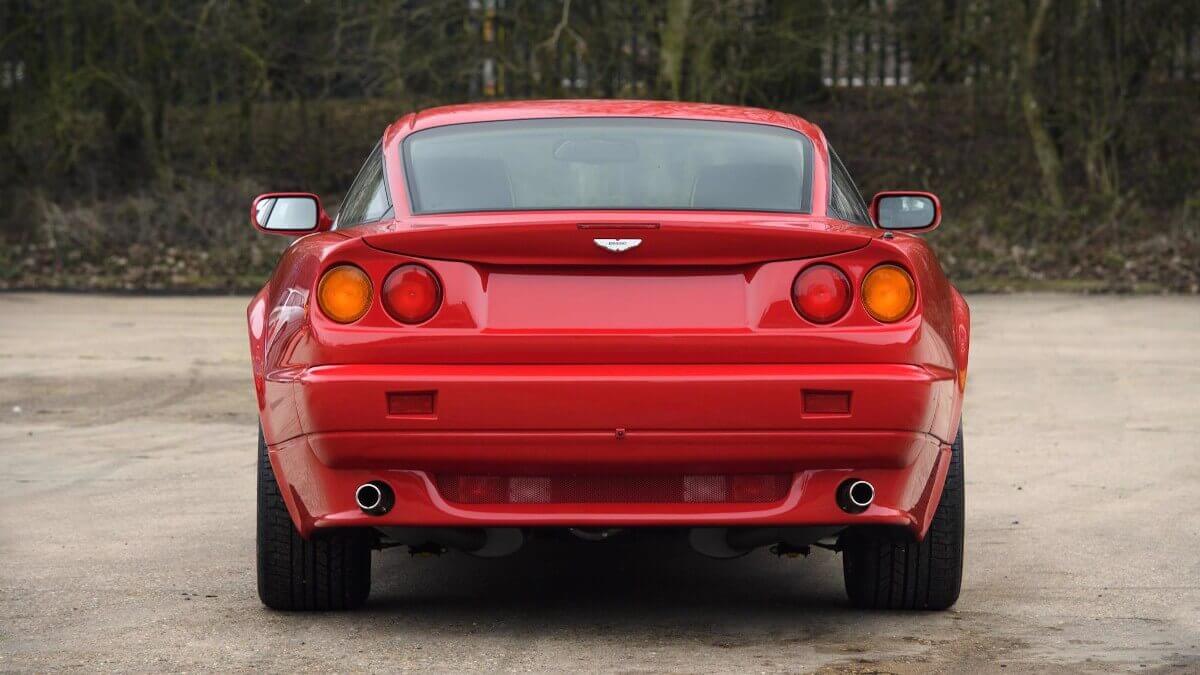



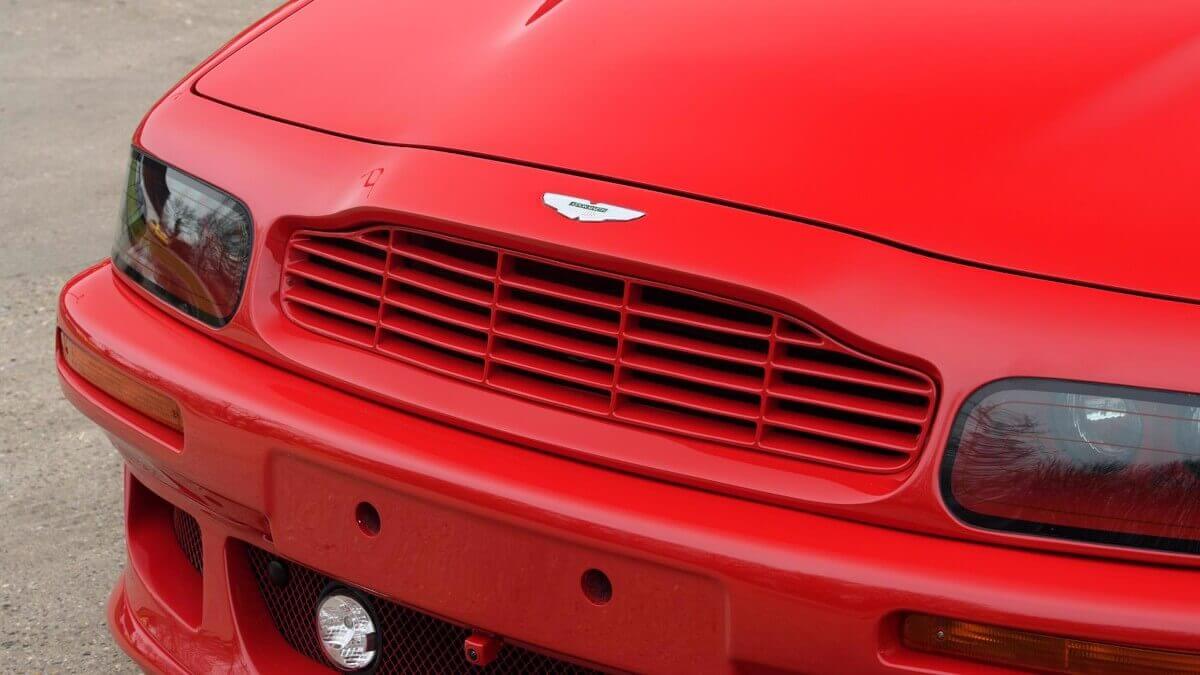



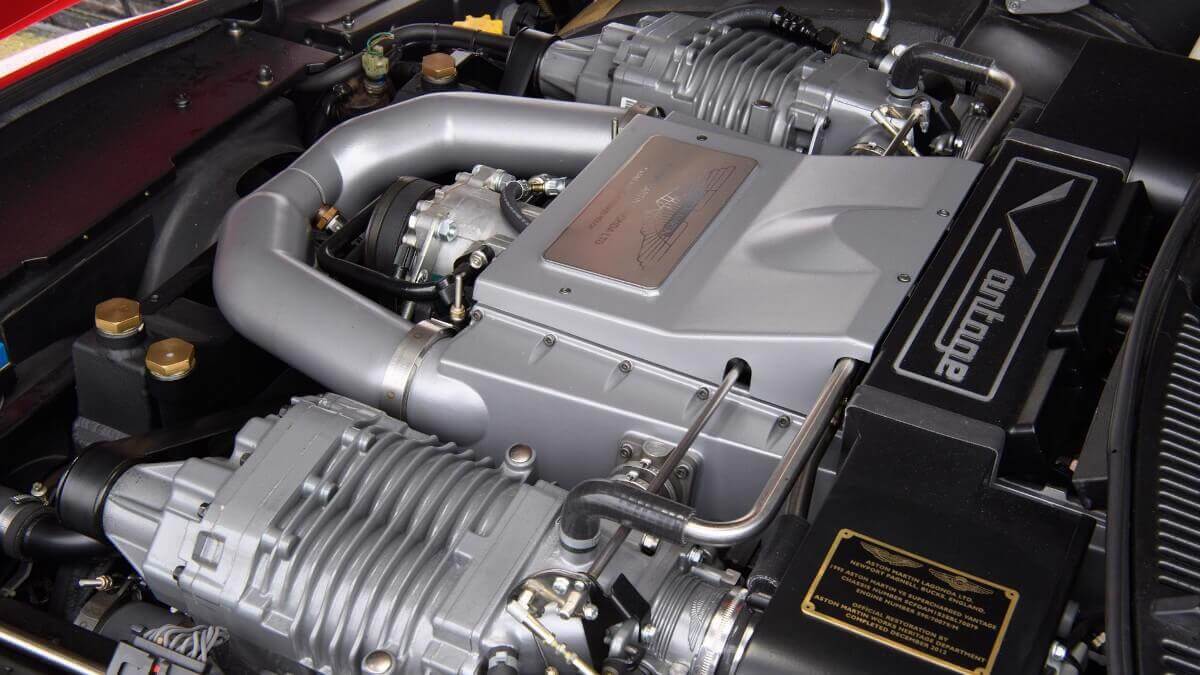



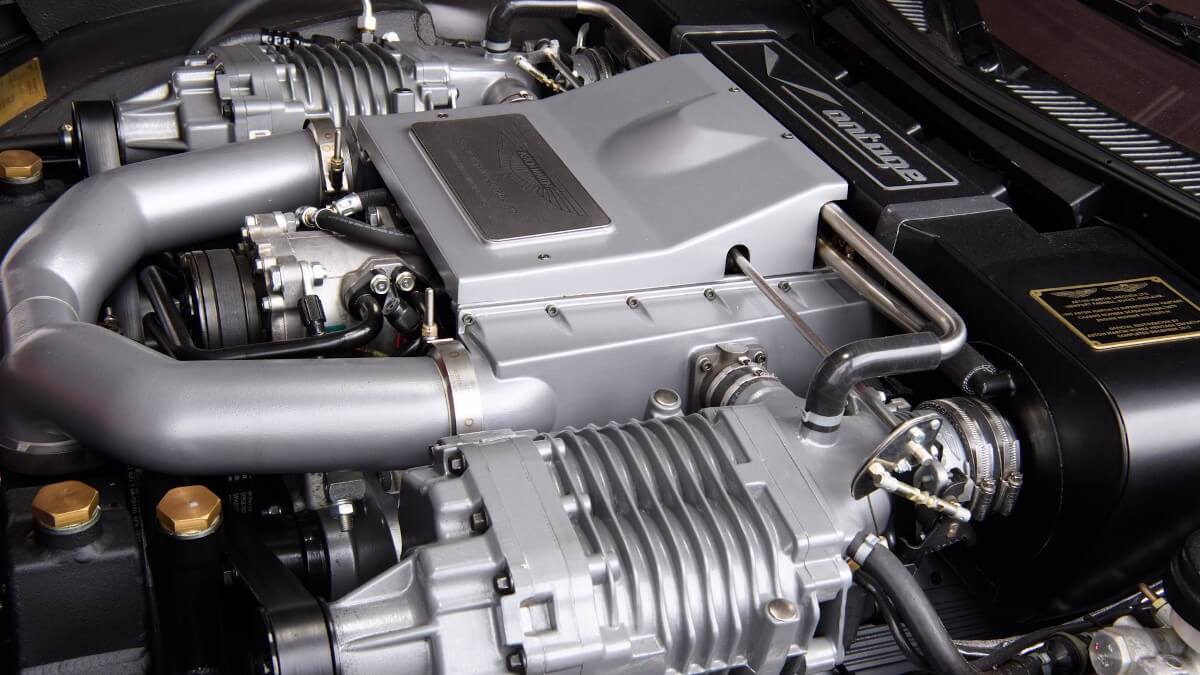



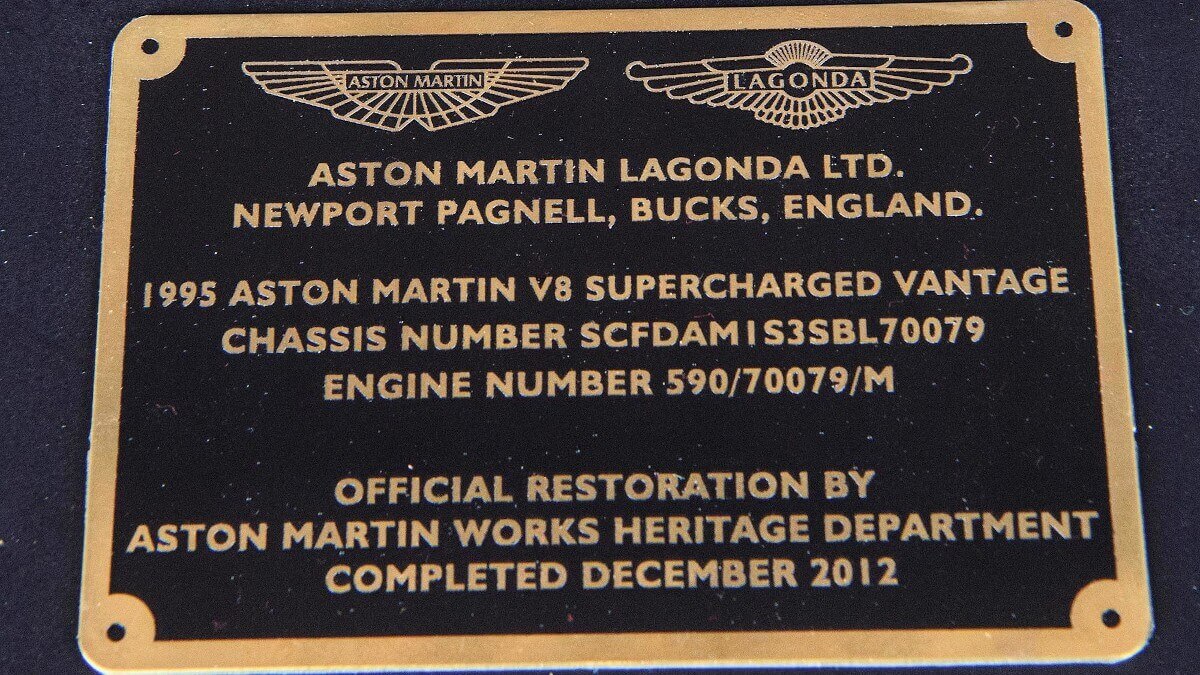



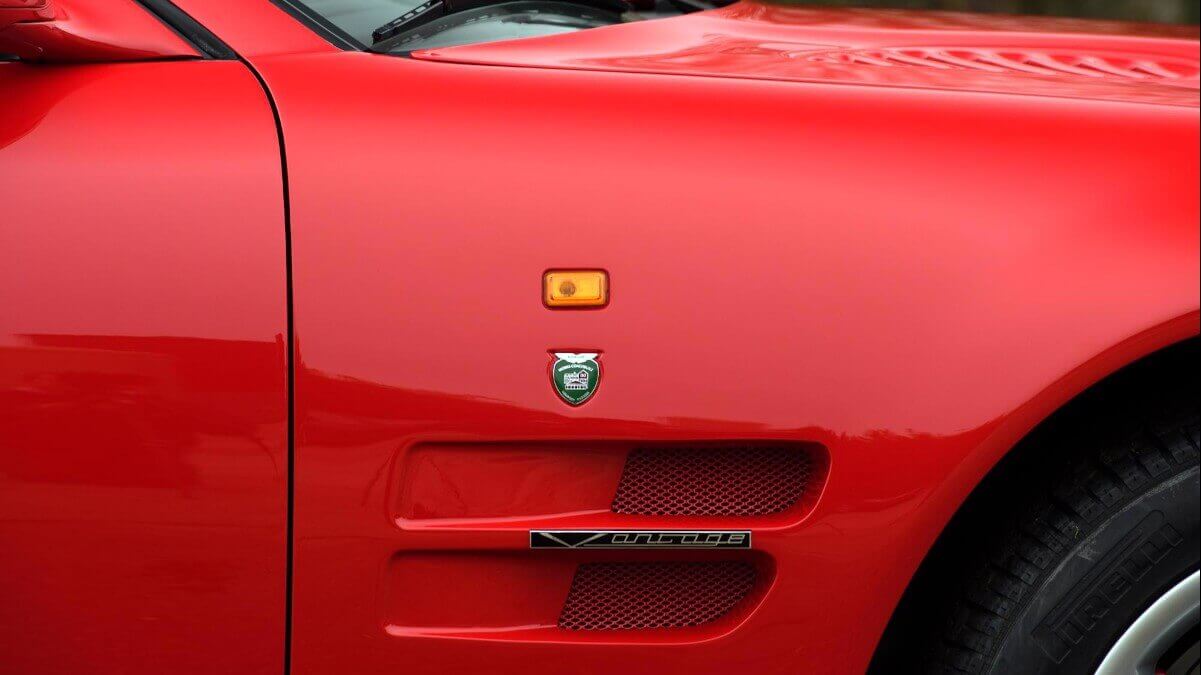



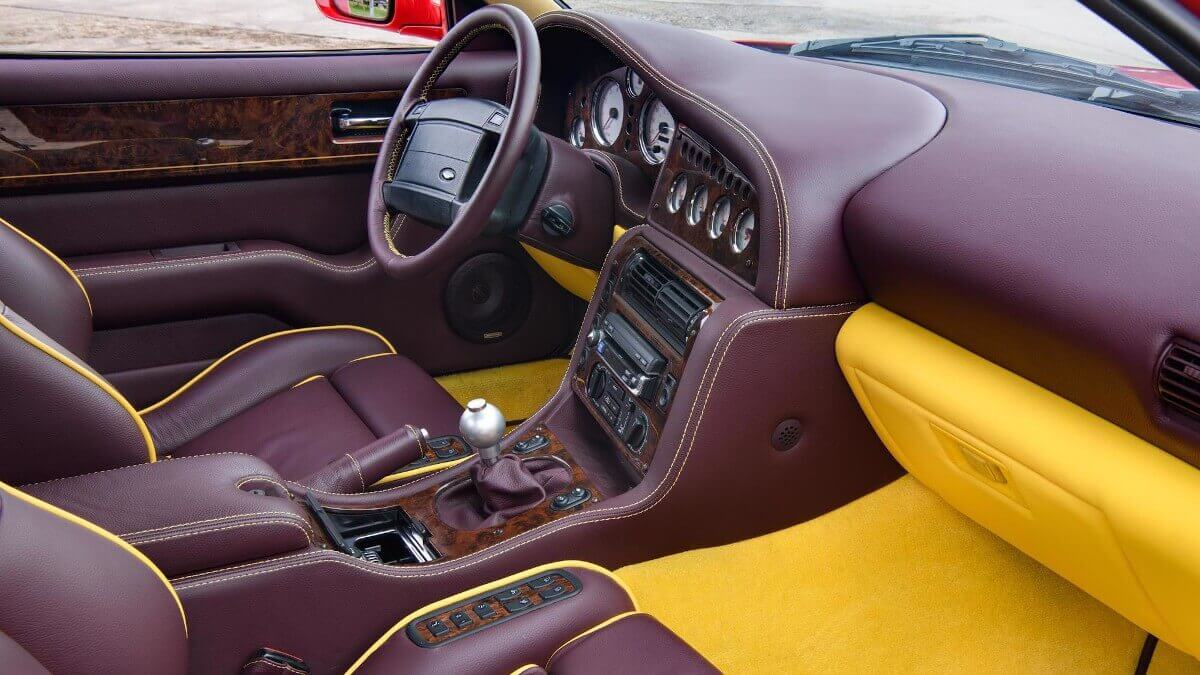



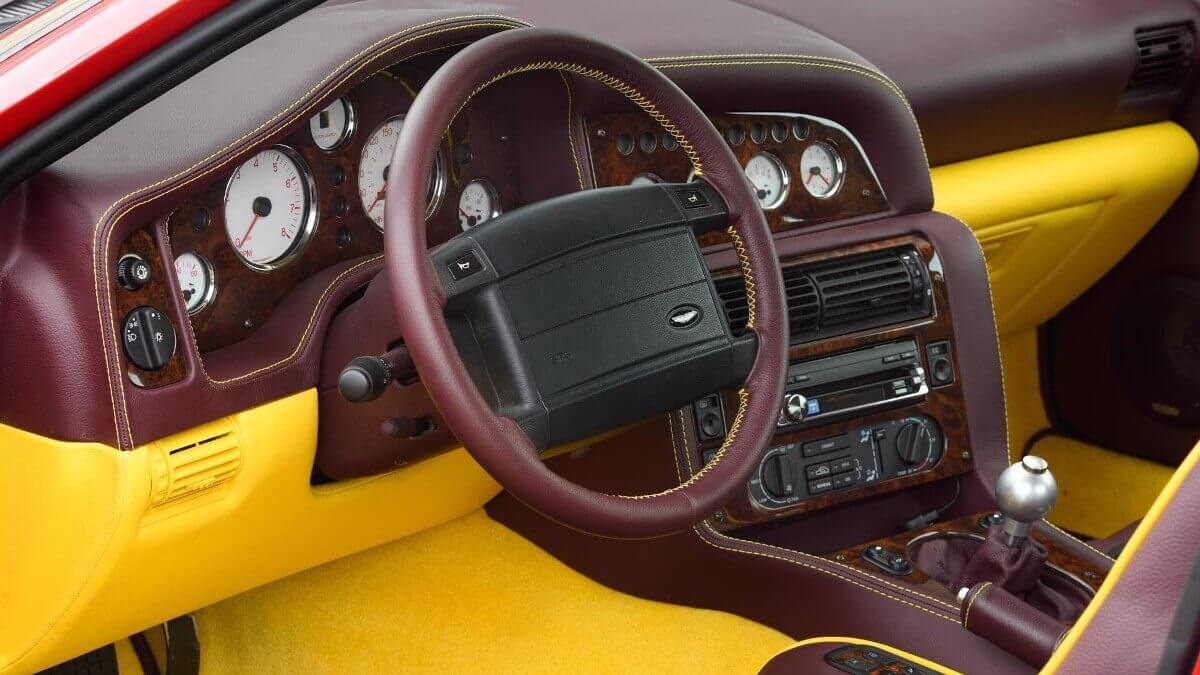



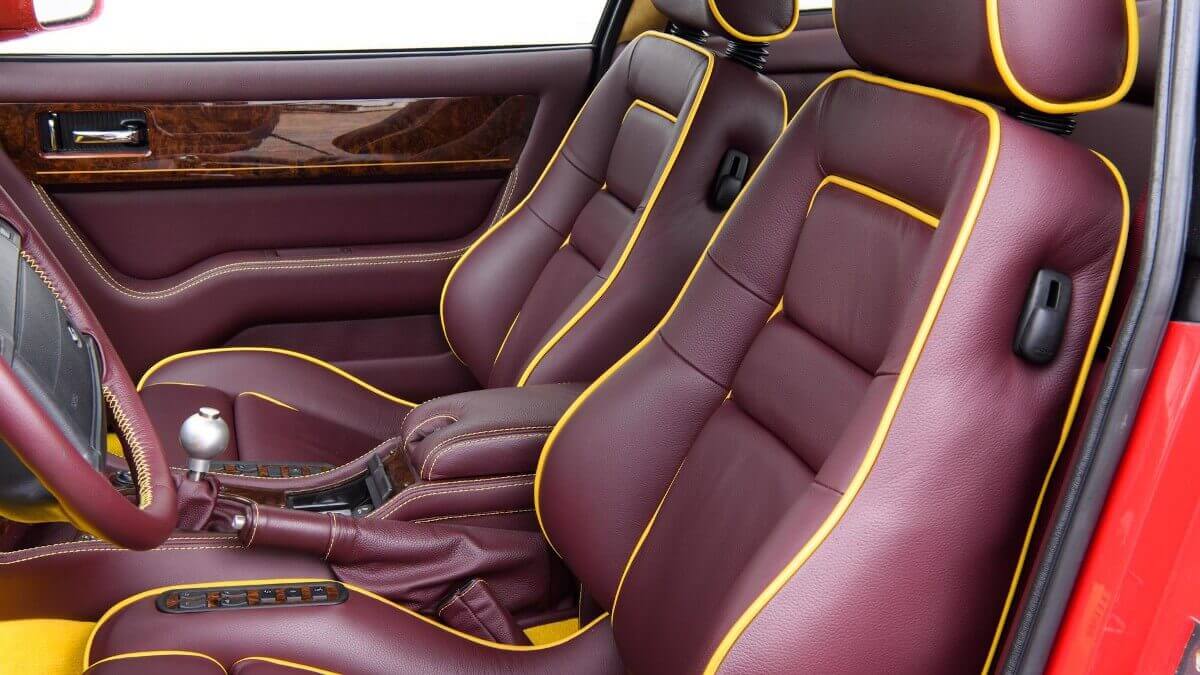



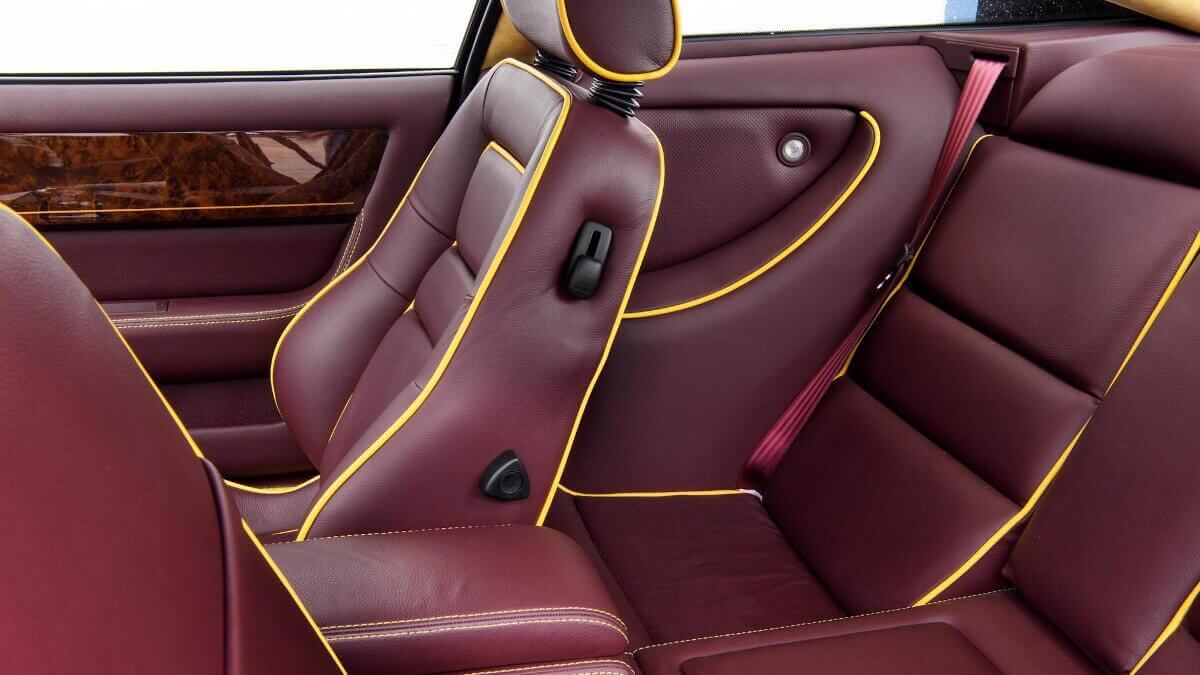



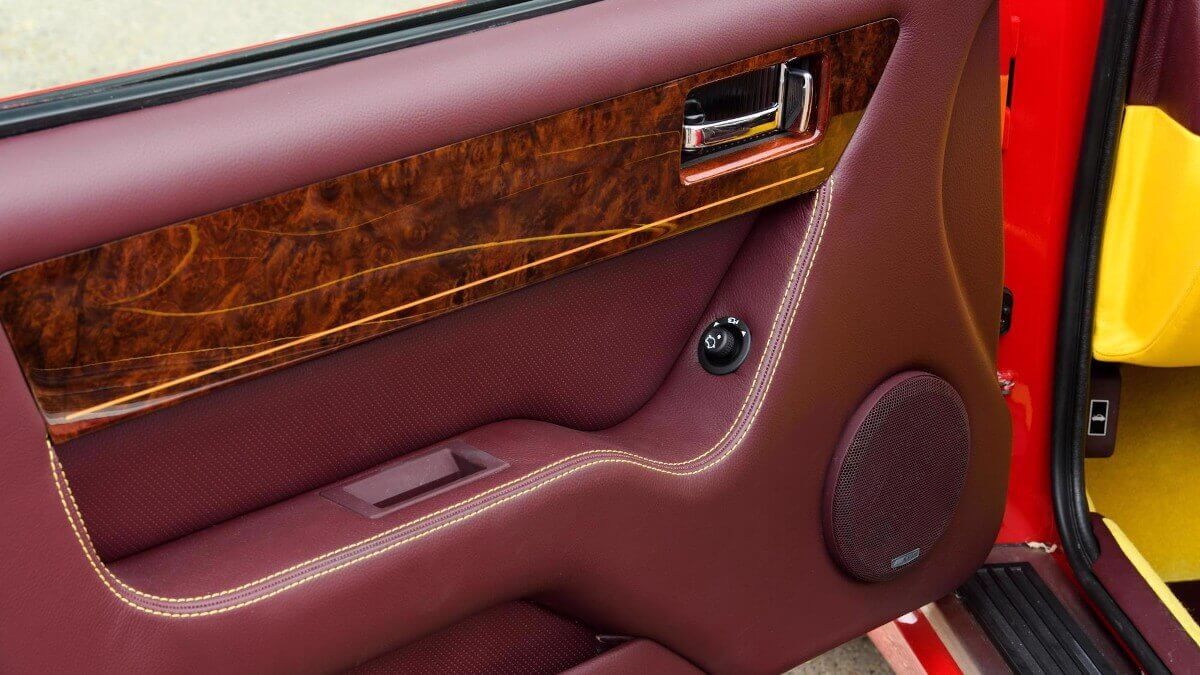



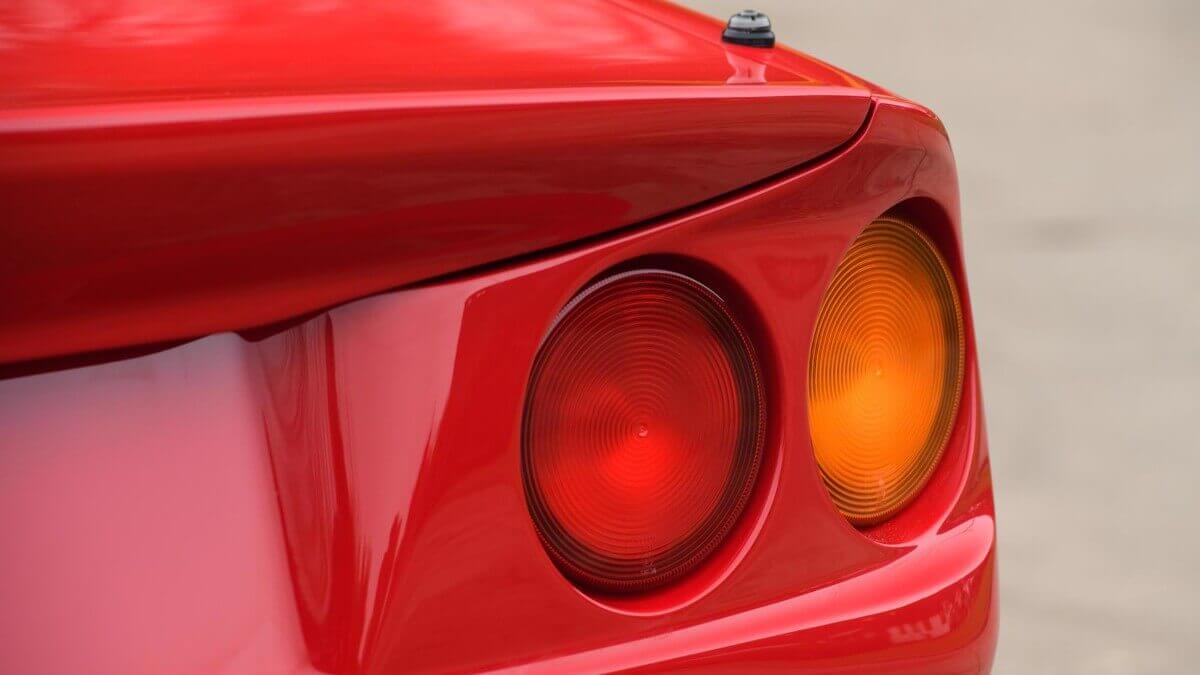



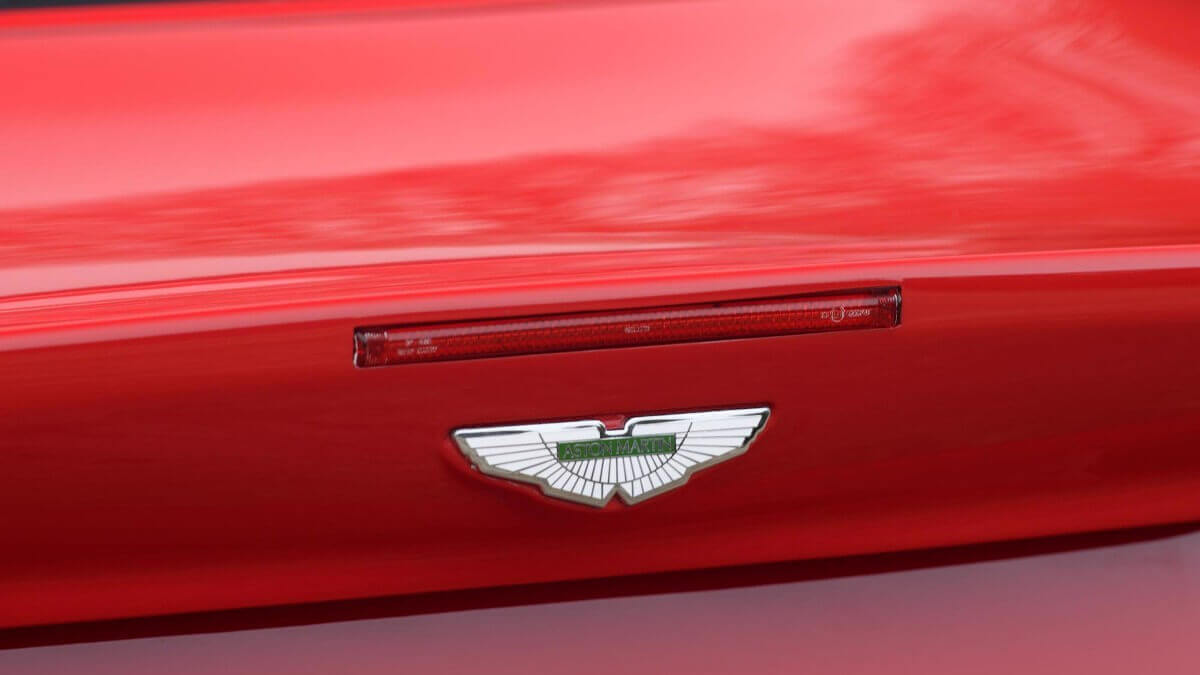



Apart from the Volante convertible version, Aston Martin also produced a few examples of the V600 in parallel to the Vantage V550 in the following years at special request. These had, as the abbreviation already betrays, a performance increase to 600 hp. At the same time, the Vantage offered all customers the opportunity to configure their individual dream car, which was often gratefully accepted. In 1998, for example, a German customer ordered his Vantage V550 in a very unusual color combination, which can be seen in our picture gallery. From the outside, the car shows a friendly salmon pink, while the interior is covered with matching two-tone orange and pink with yellow decorative stitching. In the footwell and the trunk there is light beige carpet with dark piping. Only the center plate of the steering wheel is in black, as this component wasn’t yet available in the desired colors in the 1990s. Now this car is available for sale at the dealer Sports Cars Geneva. At the same time, the red model from our second picture gallery below, which was also ordered by the first owner in a unique configuration with two-tone leather interior, is also available at the same dealer. For both cars the prices are only told on request.
Images: Sports Classics Geneva




